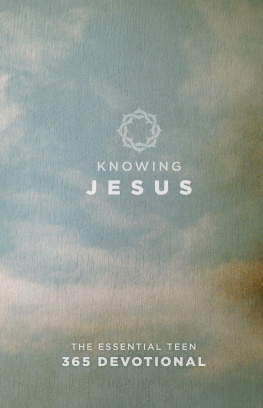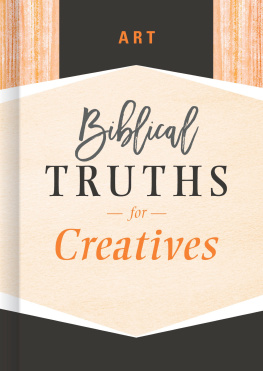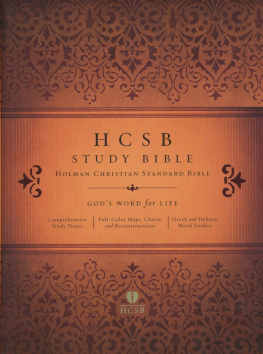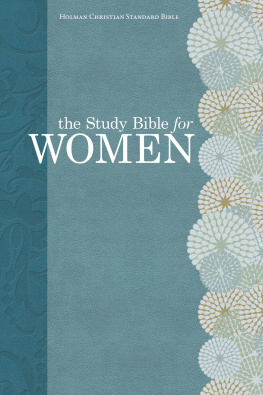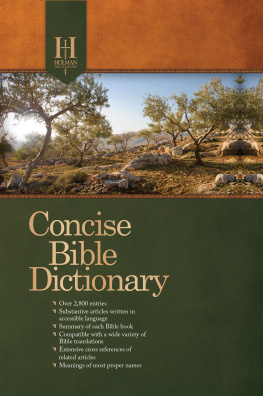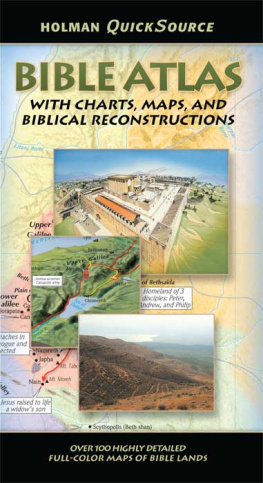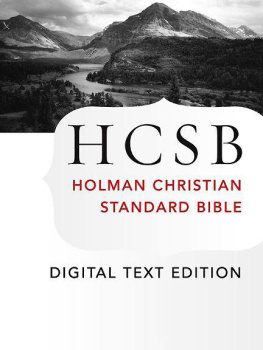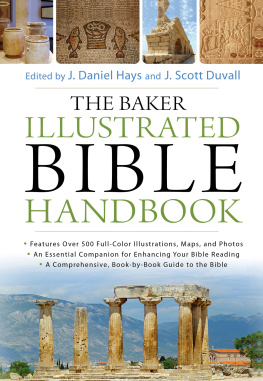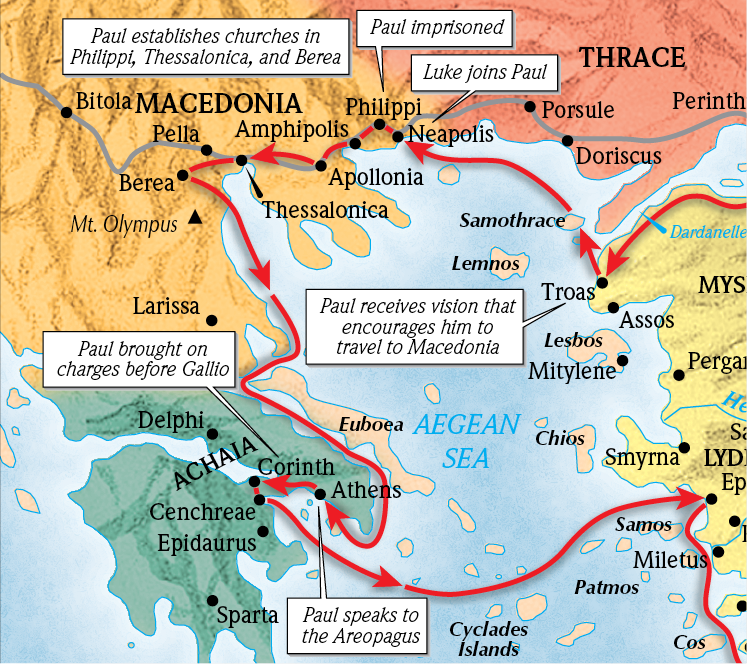
Nehemiahs Jerusalem.
Ezra read in Hebrew. Since most of people spoke only Aramaic at this time, interpreters translated Ezra was reading. Not only that, Levites walked among the people explaining and clarifying what Ezra was reading. The response of the people was profound. They wept as those who grieve. They had become aware of their failure to measure up to Gods expectations.
Seeing this heartfelt response, Ezra and the Levites further instructed the people, This day is holy to the Lord your God. Do not mourn or weep..... Go and eat what is rich, drink what is sweet, and send portions to those who have nothing prepared, since today is holy to our Lord. Do not grieve, because the joy of the Lord is your stronghold (Neh 8:118, specif. 712).
The people did exactly as Ezra and the Levites instructed. They ate, drank, and had a great celebration, sending portions to those who had nothing prepared. Why did they do this? They did this because they understood the words that were explained to them (v. 12).
This profound engagement with Gods Word began with expectant awe, gave way to great sorrow, and was turned to joy as the Scriptures were explained to the people. Whether you read from a hand-held digital reader, a printed page, or listen to an audio rendition of the Bible, you are encountering Gods Word, a Word that can transform your life.
The Holman Illustrated Bible Handbook can do for you some of what the Levites walking among the people of Jerusalem were doing on that October day some 450 years before Christprovide explanations that will better enable you to understand the Scriptures.
One of the most effective keys to reading comprehension is background knowledge. The richer your store of background knowledge, the greater your understanding of a text. Thats what the Levites walking among the citizens of Judah were doing on that October day. They were providing background knowledge that enriched the peoples understanding and turned sorrow to joy.
Thats the aim of the Holman Illustrated Bible Handbook to provide a richer store of background knowledge that will yield greater understand and joy.
Holman Illustrated Bible Handbook opens with Dr. George Guthries article How to Read and Understand the Bible. Dr. Guthrie is a gifted interpreter of Scripture whose joy it is to lead others to grow in their ability to understand and engage Scripture in life-changing ways. This is of great value to those who have begun their journey with the Bible and with those who have been on this journey for years.
One of the questions most asked about the Bible is, How can I know that the Bible contains the right books? Dr. Jeremy Howard, a Christian apologist, responds to this question in two articles, The Origin, Transmission, and Canonization of the Old Testament Books and The Origin, Transmission, and Canonization of the New Testament Books. In his article on the Old Testament, Dr. Howard addresses another question that many people ask about the Bible: What is the Apocrypha and why do most Protestants not view it as Scripture?
Features
For each of the 66 books of the Bible, the Holman Illustrated Bible Handbook provides the
following features:
Key Texts (Bible verses)
Key Term
One Sentence Summary
Author and Date of Writing
First Audience and Destination
Occasion
Summary of the Books Content
The Reliability of the Book
How the Book Fits into Gods Story
Christian Worldview Elements
God
Humanity
Salvation
Genre and Literary Style
A Principle to Live By
In addition to having background knowledge with words, Holman Illustrated Bible Handbook provides a wealth of visual resources that can be enjoyed and contribute to understanding the Scriptures. Photos, maps, reconstructions, and illustrations complement verbal explanations and together illuminate the biblical text. Terry Hulbert says interpreting the Bible apart from knowing the geographical, historical, and cultural contexts in which it is set is like watching a Shakespearean drama in an empty warehouse. You hear the lines of the actors but there is so much missing.
The Holman Illustrated Bible Handbook is no substitute for a direct experience of the lands in which the events of the Bible took place. But the Handbook does give a glimpse of the settings in which God placed His people, into which He came to live as a man, and across which the good news was delivered by the apostles.

The Euphrates is one of the most important rivers in the Bible. It was known as the great river (Gn 15:18; Jos 1:4) or the river (Nm 22:5). It formed the northern boundary of the land promised by Yahweh to Israel (Gn 15:18; Dt 1:7).

A replica of the Temple of Artemis in Istanbul, Turkey. The original Temple was in Ephesus and was one of the seven wonders of the world.
Holman Illustrated Bible Handbook
2012 by Holman Bible Publishers
Nashville, Tennessee
All rights reserved.
Maps 1998 by Holman Bible Publishers
Nashville, Tennessee
All rights reserved.
Unless otherwise noted, all Scripture quotations are taken from the Holman Christian Standard Bible
Copyright 1999, 2000, 2002, 2003, 2009 by
Holman Bible Publishers.
Genesis
The First Book of Moses
The English title is based on the name given by the Greek translators of this book in the second century bc. The name could be translated "source" or "generation." The original Hebrew title is simply the first word of the book, Bereshith , "In the beginning."
Key Texts: 1:1 and 12:3
"In the beginning God created the heavens and the earth."
"I will bless those who bless you, I will curse those who treat you with contempt, and all the peoples on earth will be blessed through you."
Key Term: "Beginning"
This book tells the beginning of many things: the creation of the world, the origin of the human race and marriage, the rise of sin and death. The book also shows the beginning of God's glorious plan to build a kingdom of redeemed people.
One-Sentence Summary
The God who created mankind and punished disobedience with death began His great plan of redemption with His covenant to Abraham, whose descendants arrived in Egypt as God's cherished people.



